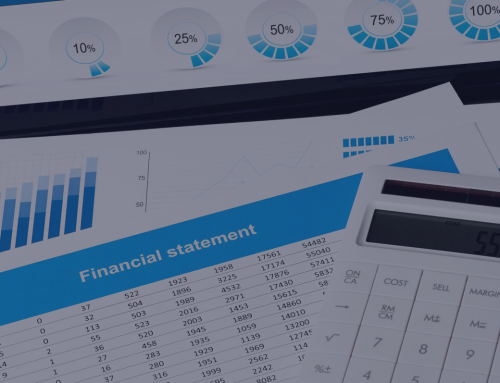The Scientific Research & Experimental Development (SR&ED) tax credit program is a Canadian federal tax incentive program that encourages Canadian businesses to invest in and conduct research and development (R&D) in Canada. Currently, it awards about $5 billion to more than 25,000 Canadian companies, and it helps eligible businesses recover up to 68% (in Ontario) of their R&D expenditures when combined with Provincial credits.
Thank you for reading this post, don't forget to subscribe!“If you are doing R&D through systematic investigation or research by conducting experiments, analysis to advance science or technology, and you’re not already claiming the SR&ED tax credit, you are losing a very significant amount of money that you are entitled to from the SR&ED tax incentive program.” said Vijay Kalra CPA, CA and the CEO of SR&ED Funding Consultants Inc.
Here are some facts that we’d like to address so you don’t miss out on SR&ED tax credit program:
- SR&ED is applicable to all sizes of business – small and large
You don’t need to compete with Apple or Google in order for your work to be considered R&D in SR&ED program. SR&ED tax credit is not only for scientists that work with white coats in labs of large companies. In fact, it’s quite the contrary. According to facts published by CRA, about 70% of claimants are small & medium sized business.
The claimants include start-ups in the pre-revenue stage and range up all the way to large commercial organizations with long history. In fact, it works much better for the small companies for reasons given in the following point.
- SR&ED is more favorable to small and medium sized companies
The CCPCs enjoy the enhanced tax credit rate of 35% (plus provincial credits), opposed to the 15% (plus provincial credits) that large companies can get. Also for CCPCs, SR&ED is a refundable tax credit, which means that the government pays out a cash refund if you don’t have a taxable income and, therefore, no taxes payable.
- SR&ED is not industry specific, but it is activity specific
SR&ED credits are not only available to certain industries, like IT and the like. In fact, SR&ED is an activity based program. Any Canadian company that is involved in activities that create advancement of science and fulfill the SR&ED eligibility criteria is eligible to make a successful SR&ED claim.
Historically, most of the SR&ED claims are made from industries, such as Electronics, Computer Science, Food Sciences, Agriculture, Oil & Gas, Plastic Moldings, Tool & Die making, Chemicals, Aerospace & Aviation, Software Development, and Manufacturing.
SFC has successfully assisted clients in different industries; some examples of SR&ED eligible projects include:
- Making modifications to the manufacturing process for developing new products
- Developing software for a new machine prototype
- Developing an in-house software add-on to an ERP system
- R&D activities do not have to be successful to qualify for the program
The success of your R&D activities is not a determinant in assessing the viability of your claim. In fact, the key to a successful SR&ED claim is the ability to demonstrate that there were technological challenges that needed to be overcome. Failure to succeed shows uncertainty and that there are still technological challenges that need to be overcome. As long as there is technological uncertainty and you undertake a systematic approach to try to overcome this uncertainty then failed, postponed or abandoned projects still qualify for SR&ED tax credit.
- Tax and technology professionals are needed for preparing and filing the SR&ED claim
Want to be successful in a SR&ED claim?
First, you need a tax expert to integrate the SR&ED claim form and the provincial schedule into your corporate tax return. Second, you need an experienced technical advisor who helps you identify and explain your scientific relations/ technologies and technological uncertainties, and prepare a technical report for CRA. These two professionals work in tandem to optimize and enhance the SR&ED claim.
Many tax and business professionals don’t have sufficient experience and the technical know-how to fully interpret technical & financial information within a SR&ED program context therefore a consultant should be chosen with great care.
- SR&ED claim has to pass CRA review (audit)
Approximately 1 in 3 claims are selected for a review (audit) by CRA. The review consists of qualification of SR&ED expenses, as well as evidence of technological advancement claimed. It does not entail a full scale audit of the claimant’s Corporate Tax Return. Any confidential information on technology is guarded carefully by CRA, who is very sensitive about maintaining confidentiality of IP and other proprietary information
Still have questions? Contact us at 1-888-418-7733 or info@sredfunding.comand get yourself a free evaluation to find out if your company qualifies today!







